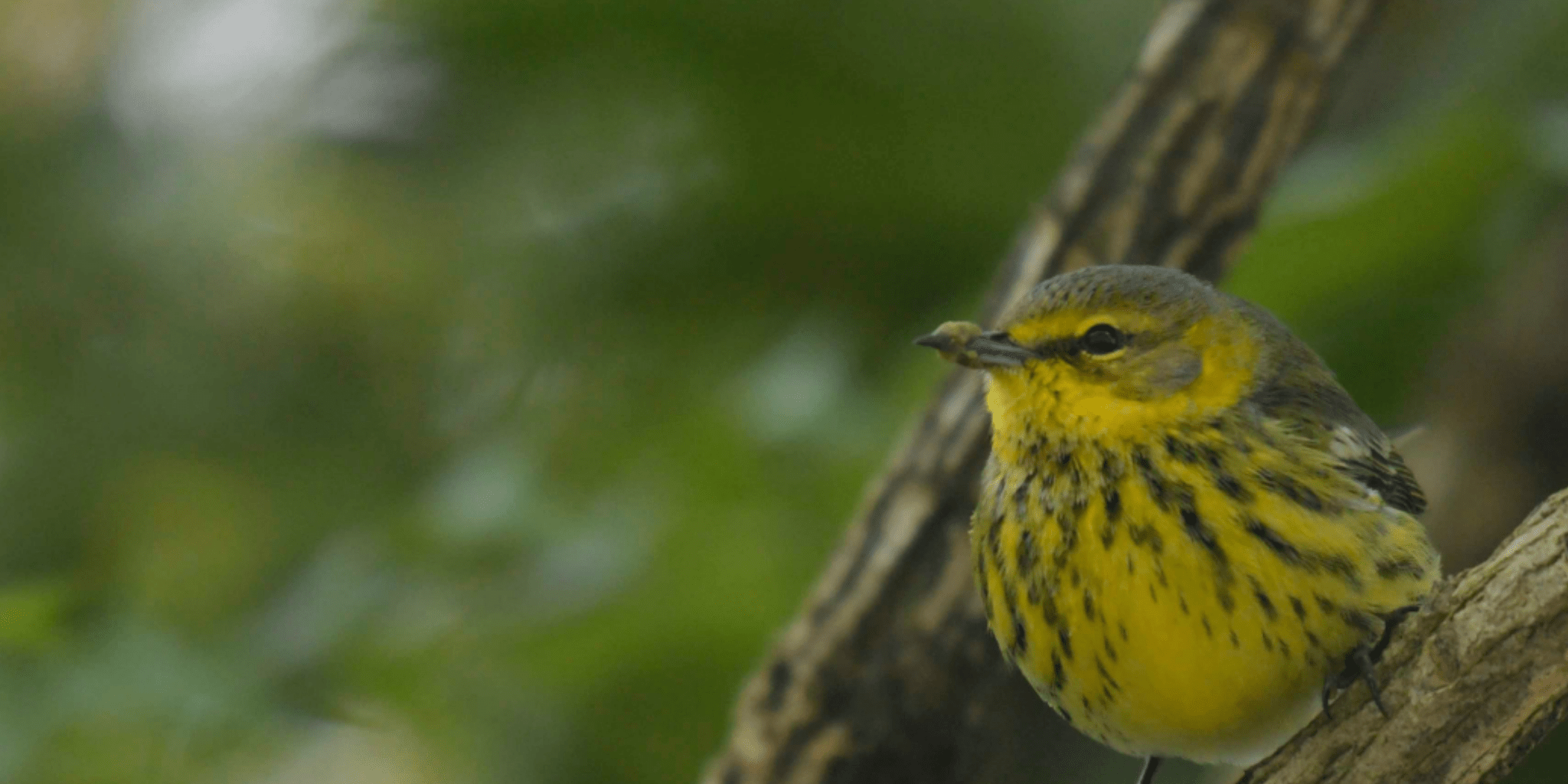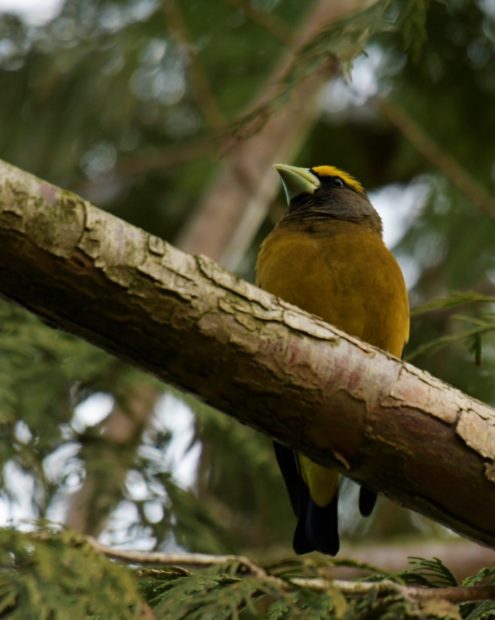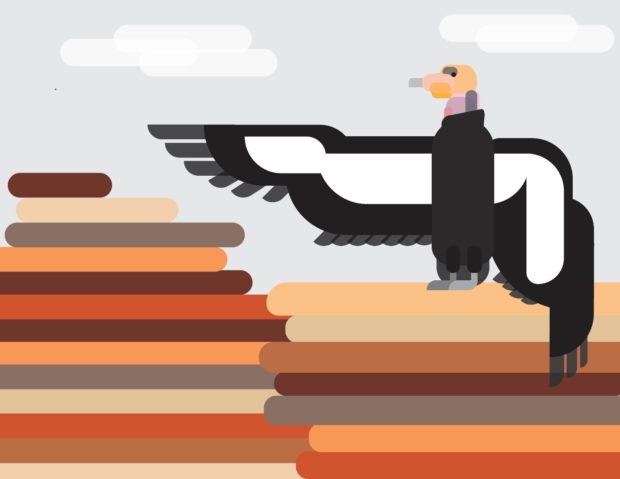We have much more to do and your continued support is needed now more than ever.
The Importance of Birds – And How A Video Game Can Help Them

A young birder calls for awareness and action
Humans have been fascinated by birds for as long as they have existed. Inspiring countless cultures around the world and across time, it is clear something about birds makes them intrinsically captivating to us. In addition to inspiring people, society depends on birds for a variety of critical services they provide, from keeping ecosystems stable, to controlling pests that harm forests and agriculture. Here are just a few reasons why we need birds and why I’m fascinated by them.

Photo courtesy of Adam Dhalla.
Birds are critical to our environment
Aside from their eminent beauty, birds are integral to the very survival of our global ecosystem. Birds play vital roles in their natural communities and have evolved over millions of years to fill unique niches. Graceful hummingbirds co-evolved with flowers to pollinate them in highly specialized relationships, insectivorous birds like flycatchers help keep bug levels in check, and opportunistic scavengers like vultures keep ecosystems free of excessive carrion and recycle nutrients from dead animals. Birds don’t just benefit the environment, but humanity as well.
Birds are economic powerhouses
According to a 1984 report by John Takekawa and Edward Garton, the evening grosbeak, familiar as a winter feeder bird to many Americans, has an economic value estimated between $790 and $1270 per square kilometer in the state of Washington. This is thanks to their control of the spruce budworm, which plagues forests in that region. The evening grosbeak suffered dramatic range contraction and population decline between 1988 and 2006.

By recognizing the services that birds like evening grosbeaks provide, we can better understand their true value and incorporate that knowledge into forest management and environmental measures that benefit birds and humans. Sadly, a continued imbalance between the two could lead to something truly horrible for both parties.
How the disappearance of birds can spell disaster for humans
Looking back through history, the 1958 Four Pests Campaign of China under the communist rule of Mao Zedong gives us a drastic example of how mismanagement of the environment can cause huge negative effects on people.
One of the first initiatives of Mao’s severely misguided Great Leap Forward was calling on citizens to band together and eliminate four ‘problematic’ organisms. These were mosquitos, rats, flies, and most notably sparrows (specifically the Eurasian tree sparrow).
The sparrow was exterminated in many ways, some with guns, but mostly through exhaustion – people banged metal pots and pans as to never let the sparrows sit, and witnesses recall watching them fall out of the sky dead from sheer exhaustion. Within a couple of years, the sparrows were on the brink of extinction in China, declining at a rate echoing that of the American Passenger Pigeon. At first, it was seen as a success.
But the celebrations did not last. The effects of the extermination became evident quickly. Chinese ornithologist (a bird scientist) Tso-Hsin Cheng pointed out that the sparrows were critical to the control of insects, and therefore crops, but by then it was too late to go back. Locust populations exploded to an extent hard to imagine today. Crops were destroyed nationwide, a huge factor in the Great Chinese Famine, which caused the deaths of tens of millions of people that has become synonymous with the Zedong regime.
Conservation and education
History paints a roadmap as to why we should care about helping birds, both for their intrinsic beauty and the value they provide to human society.
Successful conservation requires worldwide effort and involves every aspect of society. That sounds like a ridiculous amount of work because it is a ridiculous amount of work.
But the first step is education, especially for youth. They will soon be the ones in control of our world and have the power to bring about meaningful conservation action, or not. That brings us to Find the Birds: US + Canada. A mobile game.
How a mobile game will help birds
Find the Birds: US + Canada is a game concept I’ve developed and partnered on with the National Wildlife Federation, as well as the Massachusetts-based indie game company Petricore, Inc.

In the game, players will search for birds and complete conservation quests in realistic habitats. They’ll explore virtual forests, wetlands, grasslands, and beaches by swiping, tapping, and zooming. When a player finds a new bird species, realistic illustrations and fun facts will go in their field guide. Players receive coins for finding birds, with more coins for rarer species. Coins can be exchanged for items that will attract and help birds, such as bird baths.
It’s a 2D game about finding birds, and more importantly, learning about conservation and the issues that plague them in an interactive fashion aimed at kids and young teens, but it’s intended to be fun for everyone. It’ll be a brand-new way to inspire a whole generation of future conservationists.
But it’s a huge project, and support is needed. Follow the link below to support the game and learn more.
Support Find the Birds: US + Canada, a ground-breaking project that will inspire a generation of future conservationists and help save our birds and environments:
Support!
An avid nature photographer, gamer, and birdwatcher, Adam Dhalla is the recipient of the American Birding Association’s 2018 Young Birder of the Year award.






















